Centre for Sustainable Engineering
Research Highlights
 PhD buddy scheme launched28 October 2024During the SEMS PhD induction session on Wednesday 23rd October 2024, Professor Himadri Gupta, Director of Graduate Studies and Deputy Director of Graduate Studies, Dr Chinnapat Panwisawas along with the postgraduate research (PGR) team have welcomed all 60 new PhD students starting at the School of Engineering and Materials Science (SEMS) for … [more] |
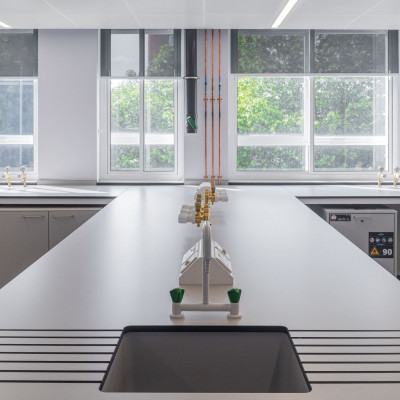 New Green Energy Hub ready to drive innovation and sustainability15 October 2024Queen Mary is proud to announce the official launch of its Green Energy Hub, including a new state-of-the-art laboratory designed to accelerate breakthroughs in green energy technologies. The new facility represents a significant investment of almost £3 million from the Queen Mary Faculty of Science and Engineering. Spanning an impressive 195 … [more] |
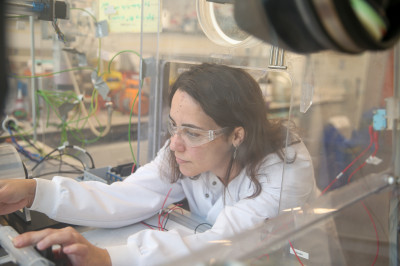 Professor Ana Jorge Sobrido Admitted as Fellow of the Royal Society of Chemistry21 August 2024Professor Ana Sobrido's contributions to chemical sciences have been recognised this year by her admission as Fellow of the Royal Society of Chemistry. Prof Sobrido's research targets the design and optimisation of sustainable alternatives to materials for energy conversion and storage. Her UKRI Future Leaders Fellowship develops new … [more] |
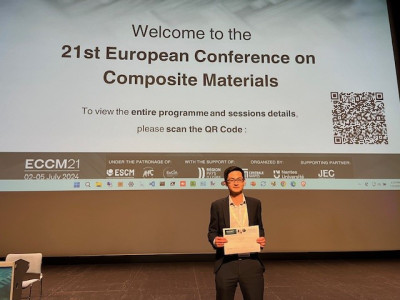 Dr Wei Tan recieves the ESCM Young Researcher Award5 July 2024Dr Wei Tan has been honoured with the prestigious ESCM Young Researcher Award at the 21st European Conference on Composite Materials (ECCM21). This award recognises the significant contributions of young researchers (under 35 years old) in the field of composite materials. The award ceremony took place during ECCM21, held from 2nd … [more] |
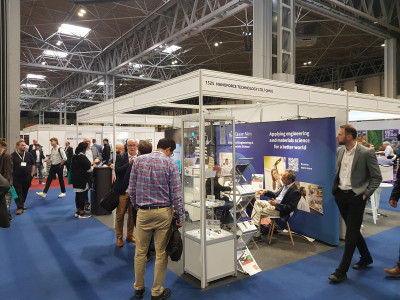 SEMS Exhibits at the Advanced Materials Fair in Birmingham16 May 2024SEMS technology was exhibited at the Advanced Materials Show at the NEC in Birmingham. This trade fair, which takes place alongside the Advanced Ceramics Show, the Vehicle Electrification Expo and the Battery Cells & Systems Expo featured over 300 exhibitors along with 100 speakers, and attracted more than 4000 visitors. Our exhibit displayed … [more] |
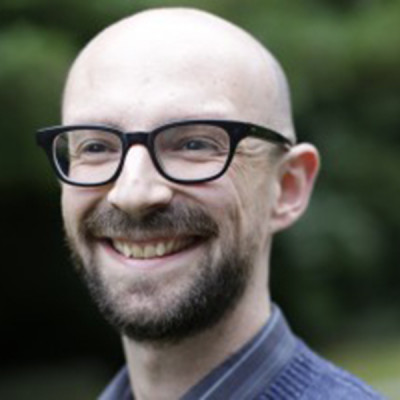 Queen Mary University of London researcher receives UKRI funding for methane monitoring project13 March 2024Dr Paul Balcombe has secured £750,000 in funding from UK Research and Innovation (UKRI) for his project on improving methane monitoring. Dr Balcombe, a Senior Lecturer in Chemical Engineering and Renewable Energy at Queen Mary University of London's School of Engineering and Materials Science, will lead the project titled '… [more] |
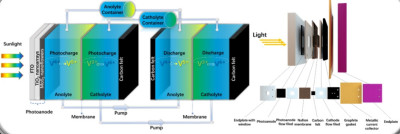 Ana Sobrido Shortlisted for the 2023 Journal of Materials Chemistry Lectureship25 October 2023Prof Ana Sobrido has been shortlisted for this year's Journal of Materials Chemistry Lectureship Award for her work on solar flow batteries, a niche technology able to directly store solar energy and use it to photocharge a battery. The Journal of Materials Chemistry annual lectureship honours researchers who have … [more] |
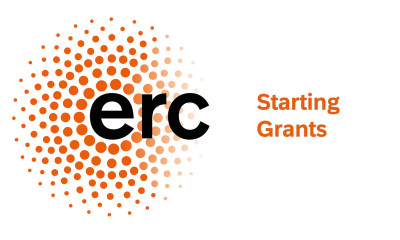 Dr Wei Tan wins £1.2m grant to develop 'self-healing' materials5 September 2023Dr Wei Tan has been awarded a prestigious European Research Council (ERC) Starting Grant for ambitious research which focuses on self-healing engineering materials. Dr Tan, a Senior Lecturer in Mechanical Engineering at the School of Engineering and Materials Science, has been awarded with £1.2m towards his project, titled: Life-like … [more] |
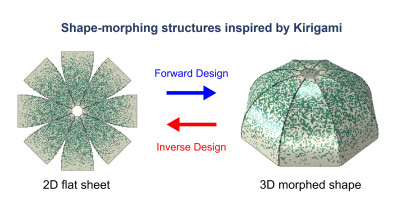 Researchers Create Multifunctional Shape-Morphing Composite Materials Inspired by Kirigami21 August 2023Exciting news from the collaborative efforts of researchers at Queen Mary University of London (QMUL), Nanyang Technological University (NTU) and University of Nottingham (UoN) has brought about a novel development in shape-morphing structures. Led by Dr. Wei Tan (QMUL) and Dr. Mingchao Liu (NTU, currently at University of Birmingham), the … [more] |
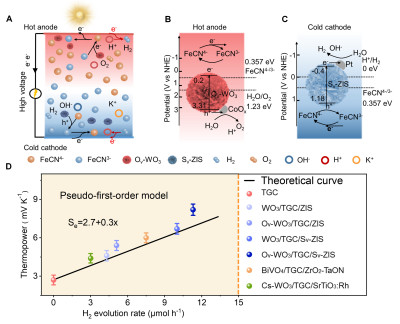 Collaboration with NPU Results in a Publication in Science20 July 2023A collaboration led by NPU's academic Prof Xuanhua Li in collaboration with Dr Ana Sobrido has resulted in a publication in Science, In situ photocatalytically enhanced thermogalvanic cells for electricity and hydrogen production. In thermogalvanic cells, temperature-driven concentration gradients of redox active species can lead to a potential difference … [more] |
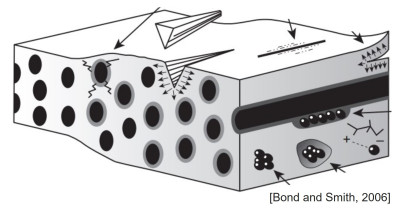 Queen Mary Researchers develop a new model to understand the moisture-induced degradation of composite materials, impacting the offshore energy community.25 April 2023Exciting news! Our latest research on environmental-assisted modelling of composite materials has just been published in a top-tier journal: Engineering with Computers (Q1, IF=8.083). Due to their high strength-to-weight ratios and corrosion resistance, lightweight composite materials have found widespread use in aerospace, wind, and marine structural applications. However, these materials … [more] |
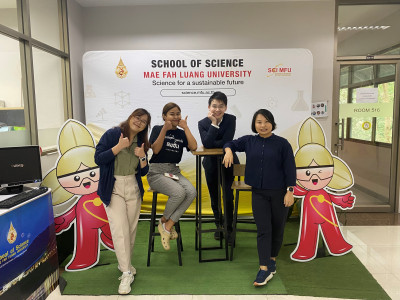 Queen Mary University of London and Mae Fah Luang University join forces to tackle waste reduction and promote sustainable development in Thailand27 February 2023Queen Mary University of London and Mae Fah Luang University in Thailand have announced the success of their collaboration to address waste reduction and promote sustainable development, which was initially funded by Queen Mary Global Challenge Research Fund and British Council Newton Institutional Link programme. In February 2023, Dr. Han Zhang … [more] |
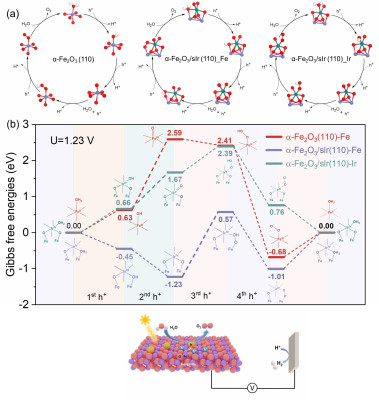 Single Atom Iridium on Hematite for Solar Water Splitting: Catalyst or Spectator? SEMS Leads an Innovative Study that Brings New Understanding on the Processes Controlling Solar Water Oxidation12 January 2023Single-atom catalysts (SACs) on hematite photoanodes are efficient co-catalysts to boost photoelectrochemical performance. However, the specific role of SACs on hematite photoanodes is not fully understood yet: Do SACs behave as a catalytic site or a spectator? By combining spectroscopic experiments and computer simulations, a research led by Ana Sobrido … [more] |
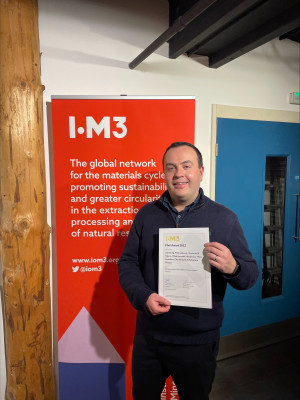 Salvatore Grasso and co-authors presented with the Pfeil award by the IOM34 January 2023Salvatore Grasso and co-authors including Theo Saunders were presented with the Pfeil award by the IOM3. The Pfeil Award is presented annually for published work of particular merit in the field of ceramics. Eligible papers must be published 2 years before the award is presented in a relevant IOM3 Journal, … [more] |
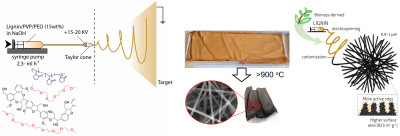 To switch to renewables, we need better energy storage15 November 2022Ana Jorge Sobrido explains why she works on Sustainable Electrodes for Redox Flow Batteries The dual energy and climate crises have increased global focus on renewable energy generation through wind and solar: the need for low cost, efficient energy storage is greater now than ever. Even before the present gas … [more] |
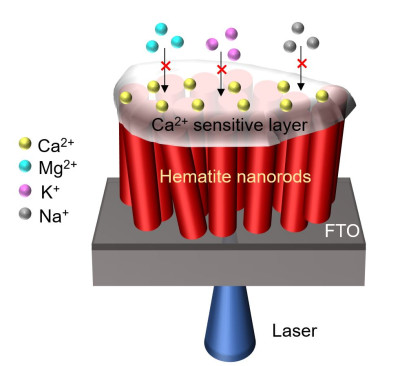 Hematite nanorods – a promising material for photoelectrochemical sensing and imaging10 November 2022Hydrothermally grown hematite nanorods have been shown to be an excellent substrate for photoelectrochemical imaging and sensing. The material displayed enhanced photocurrent compared to hematite films, good stability, excellent spatial resolution and good sensitivity to pH. Coupling the hematite nanorods with a thin calcium ion selective PVC membrane, we obtained … [more] |
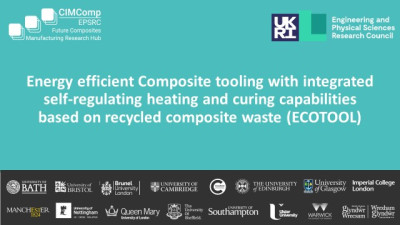 New EPSRC project launched to develop energy efficient composite tooling13 October 2022As one of the three new Synergy Promotion projects funded by the EPSRC Future Composites Manufacturing Hub, the project entitled “Energy Efficient Composite Tooling with Integrated Self-Regulating Heating and Curing Capabilities based on Recycled Composite Waste (ECOTOOL)” led by Queen Mary University of London has been launched with … [more] |
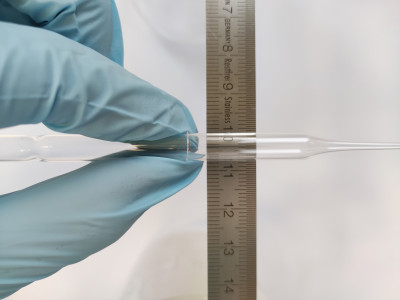 First single-crystal organometallic perovskite optical fibres24 September 2022Due to their very high efficiency in transporting electric charges from light, perovskites are known as the next generation material for solar panels and LED displays. We now have invented a brand-new application of perovskites as optical fibres. The results are published in Science Advances. Optical fibres are tiny wires … [more] |
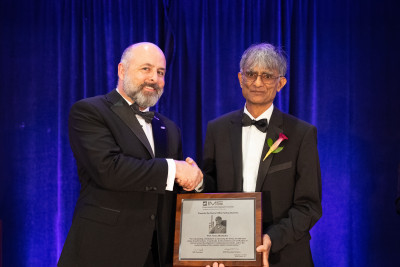 Professor Sir Harry Bhadeshia is awarded the Henry Clifton Sorby Award13 September 2022The International Metallographic Society awarded Professor Sir Harry Bhadeshia the Henry Clifton Sorby Award. It is awarded annually to an "internationally recognised figure for lifetime achievement in the fields of metallography and materials science". It is the highest honour presented by the International Metallographic Society and was presented … [more] |
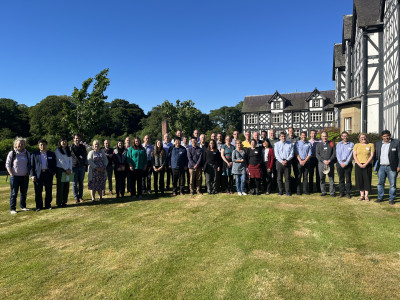 Ana Jorge Sobrido Participates in EPSRC-supported Workshop on the Future of Electrochemistry in the UK7 July 2022Organised by Prof Dryfe (University of Manchester), Prof Katherine Holt (University College London), Dr Mark Symes (University of Glasgow) and Dr Upul Wijayantha (Loughborough University), this stimulating event gathered around 40 academics from UK institutions working on topics with a significant electrochemistry component to debate current challenges of the area and … [more] |
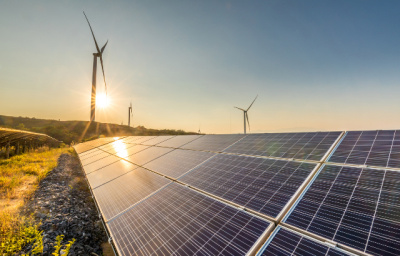 Scientists create stable materials for more efficient solar cells15 December 2021Crystalline silicon is the most widely used material for solar cells. However, over the last decade, perovskite solar cells, made from metal halide perovskite materials, have shown promise to make cheaper, and potentially more efficient solar cells than silicon. But whilst perovskite solar cells can now compete in terms of … [more] |
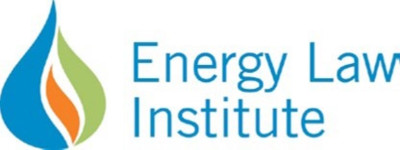 Dr Joe Briscoe contributes to COP26 special edition of Queen Mary's Energy and Climate Change Law Institute Review1 November 2021The Energy & Climate Change Law Institute at Queen Mary University of London are delighted to publish its law review focused on COP 26. With a foreword by Lord Carnwath CVO and introduction by guest editor Professor Stephen Tromans QC, the review takes a fresh look at what … [more] |

